At the Threshold of the UAE’s 54th Anniversary:Bita Vakili’s Painting in the Raha Gallery Collection
The fusion of the Abu Dhabi mosque (tradition) with the towers (modernity) re-creates a visual discourse of Emirati identity—an identity rising from the earth and reaching toward the sky. Bita Vakili’s painting, housed in the Raha Gallery Middle East Collection, illustrates that today’s UAE is the result of the coexistence of tradition and technology, faith and development, Islamic architecture and global innovation—a nation looking toward the future while never forgetting its roots. Beyond…

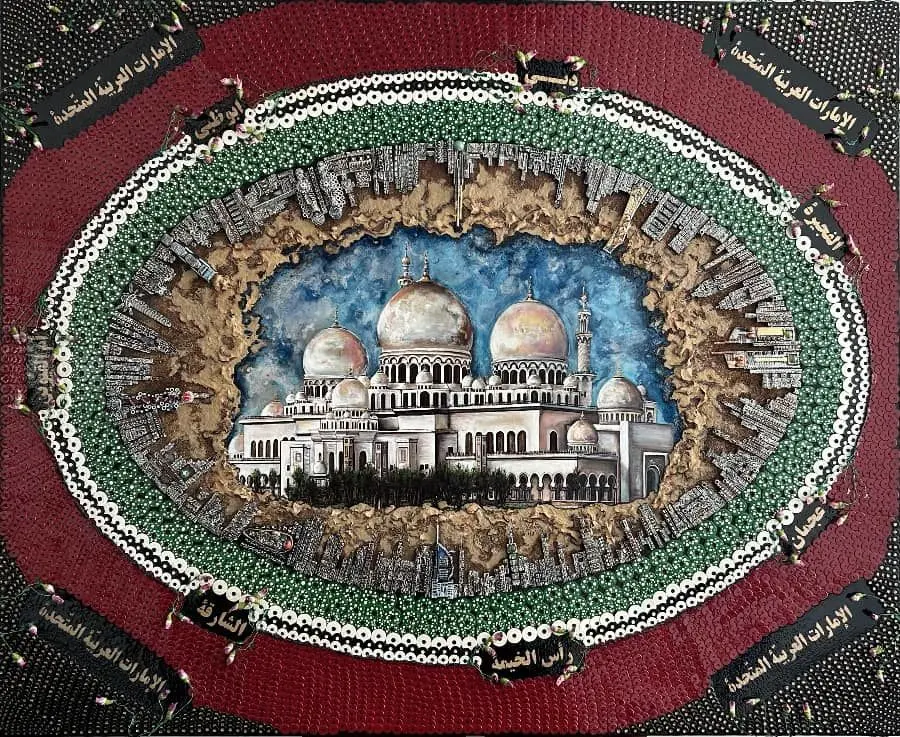
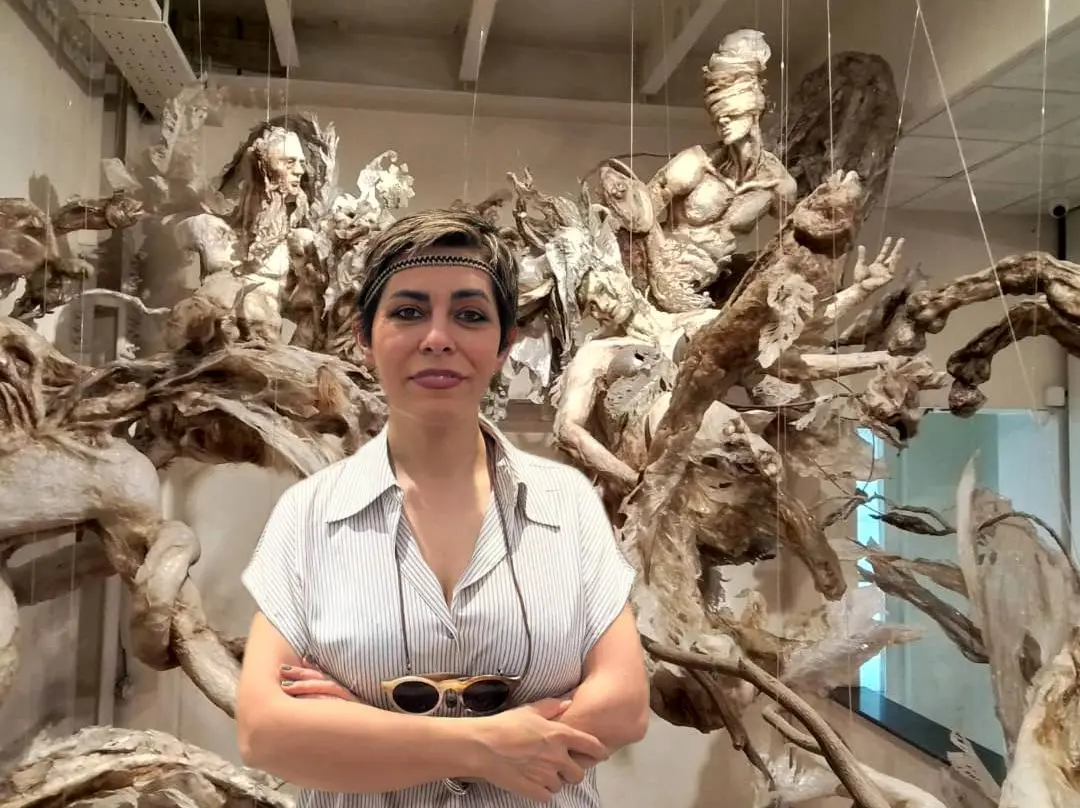
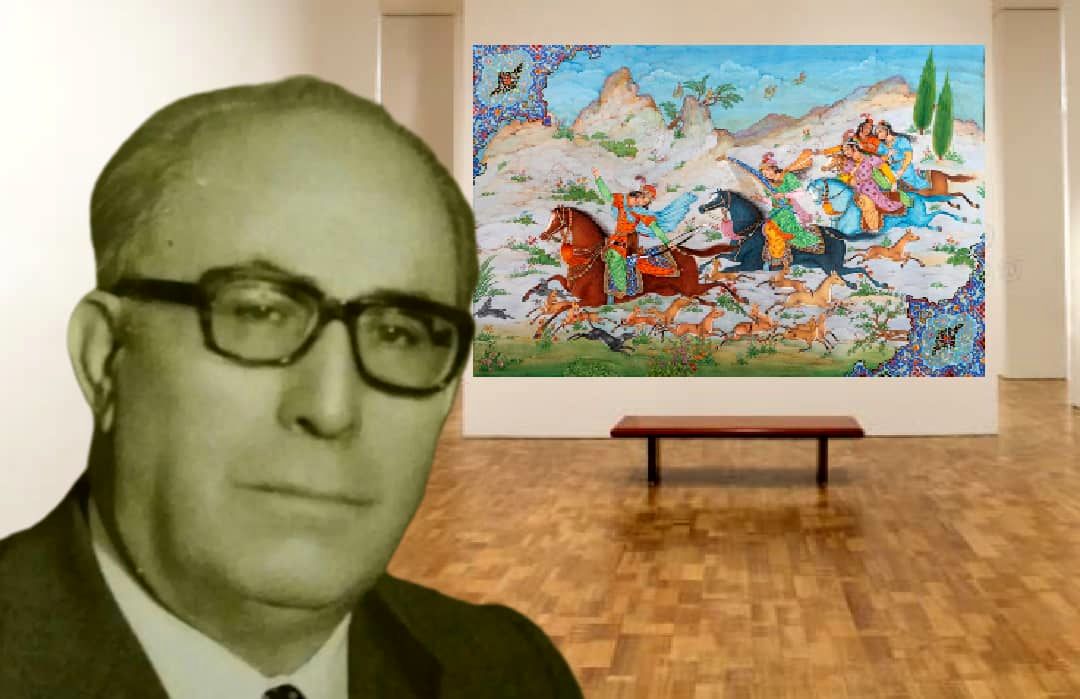
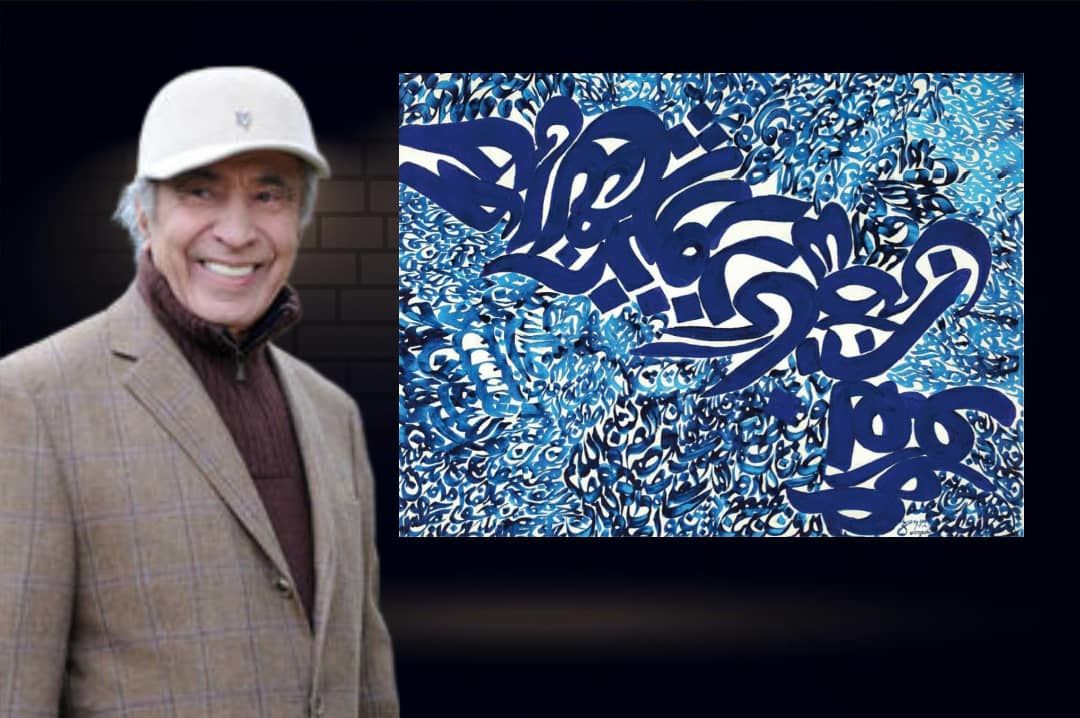
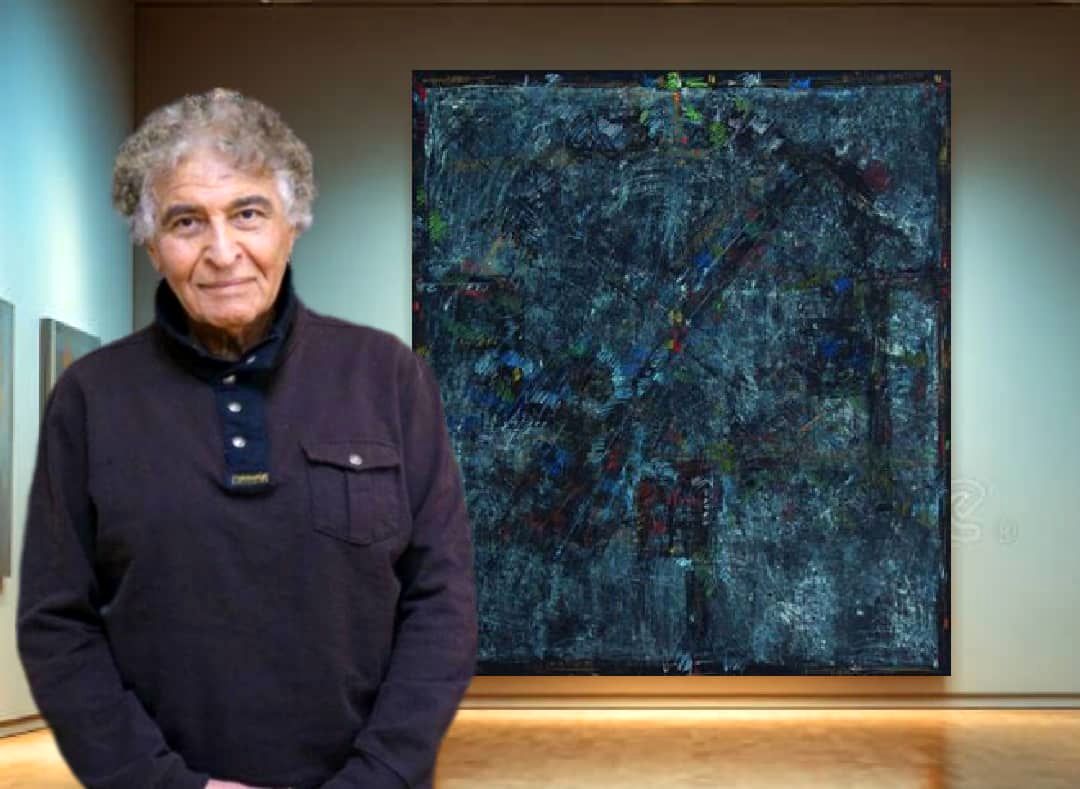
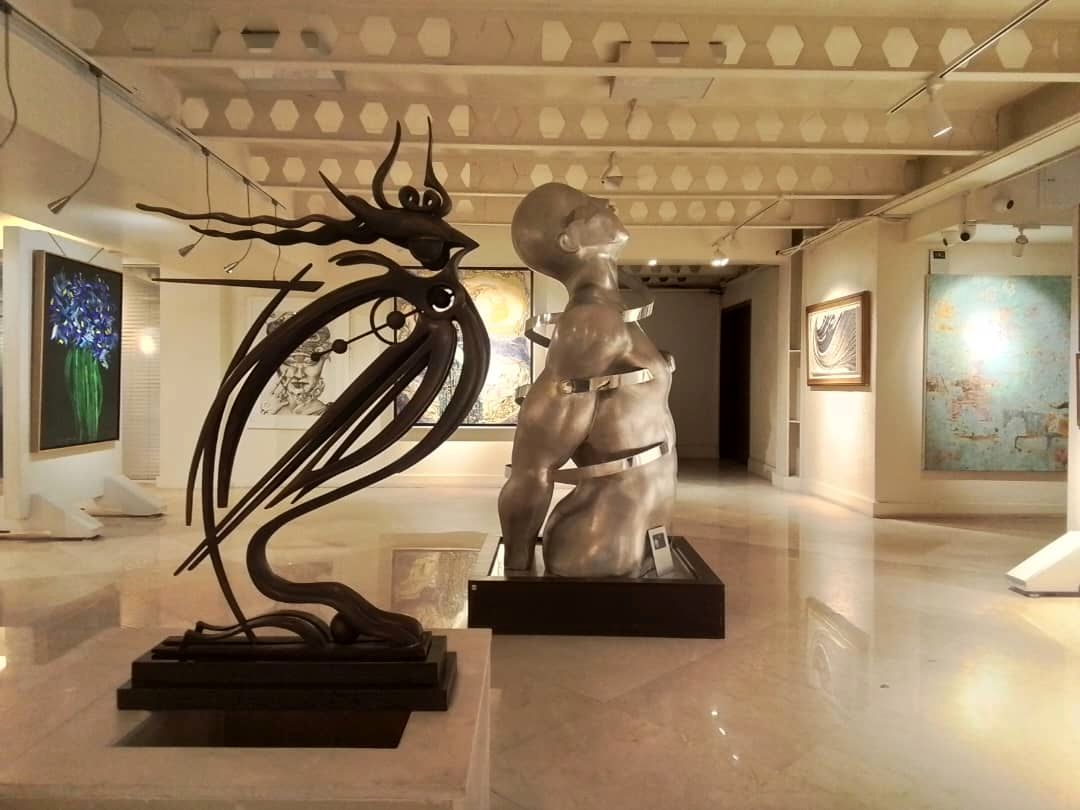
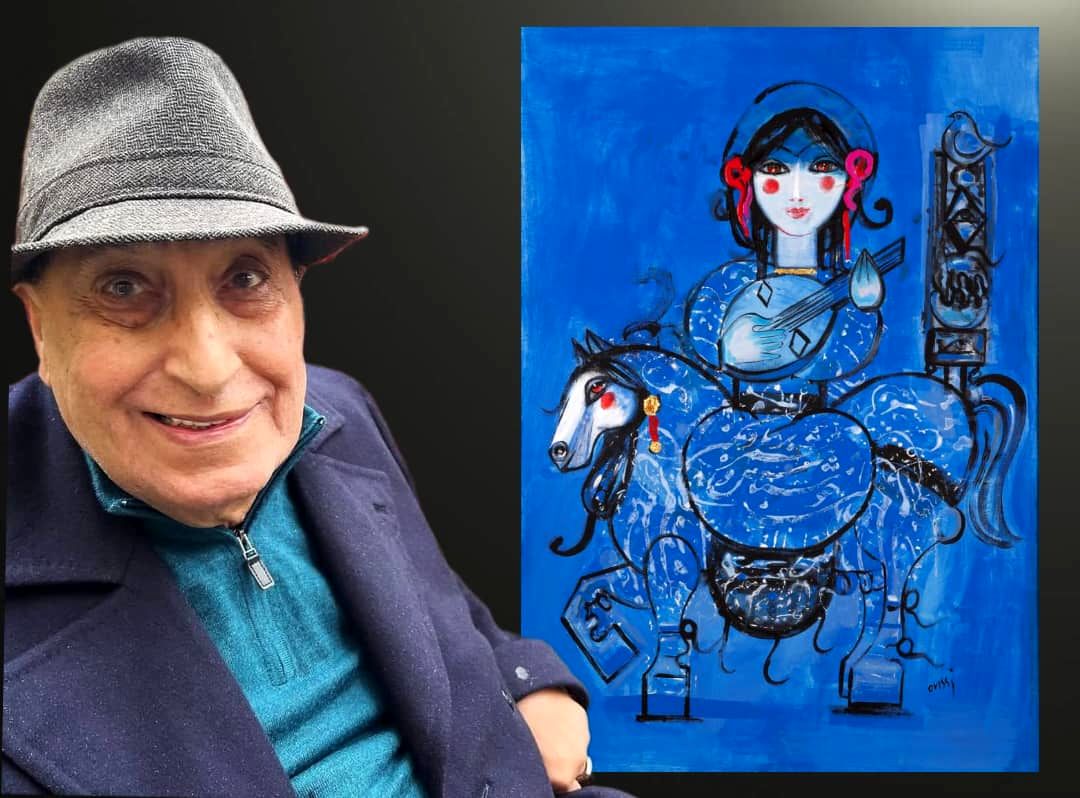

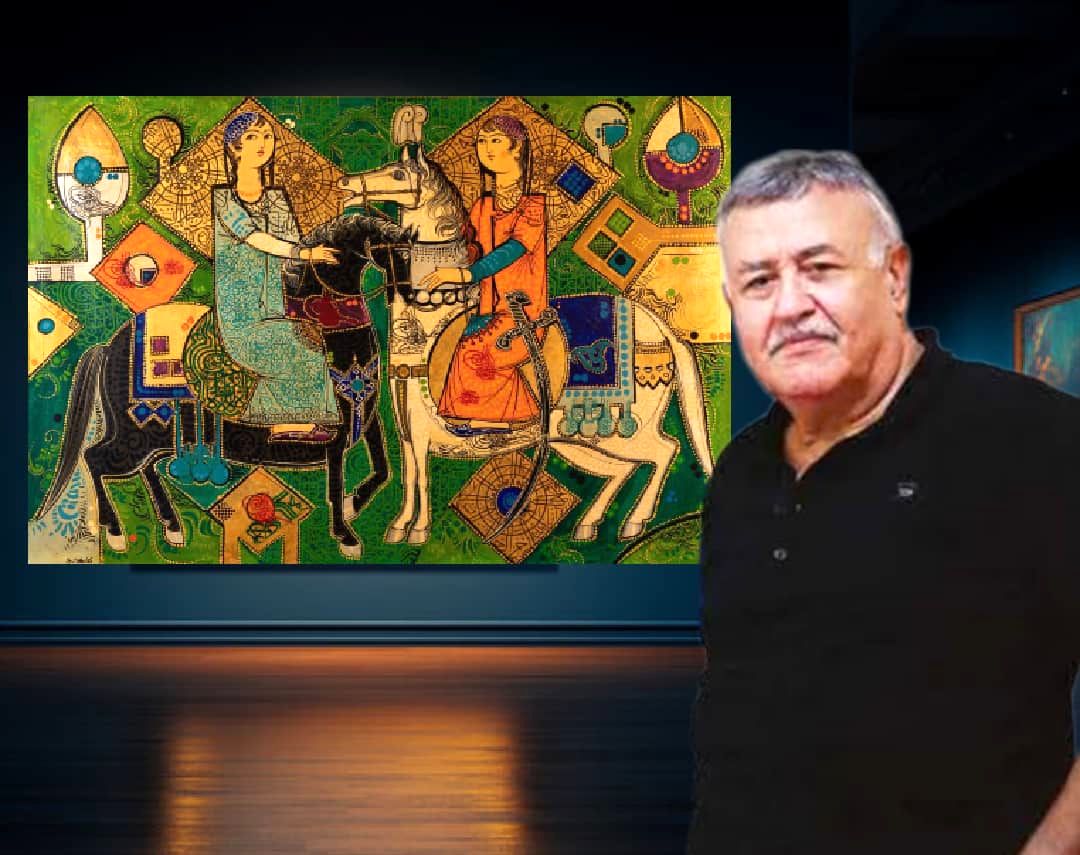
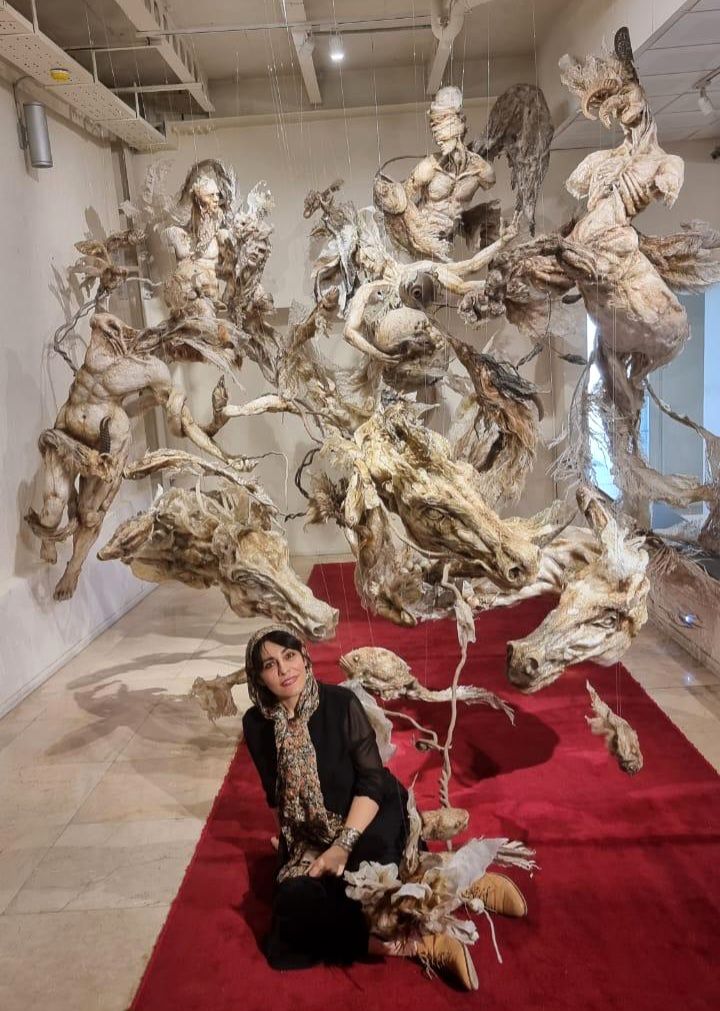
RECENT NEWS